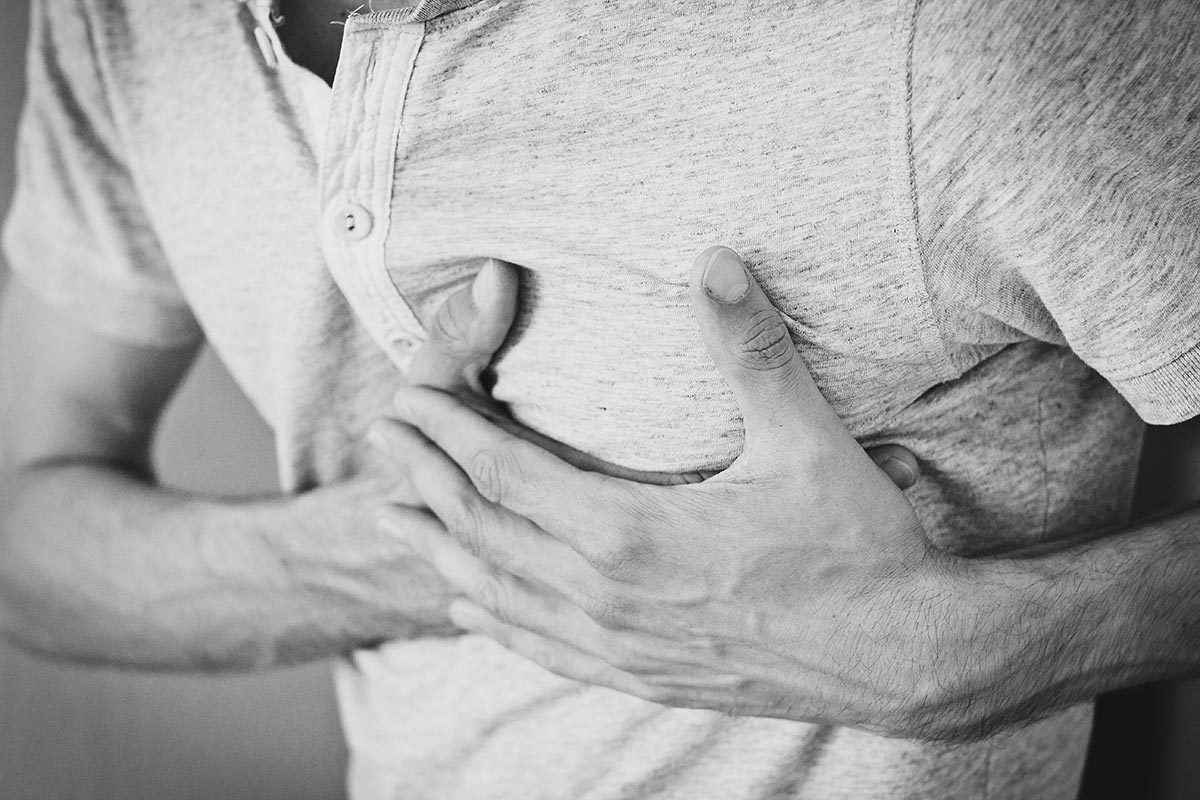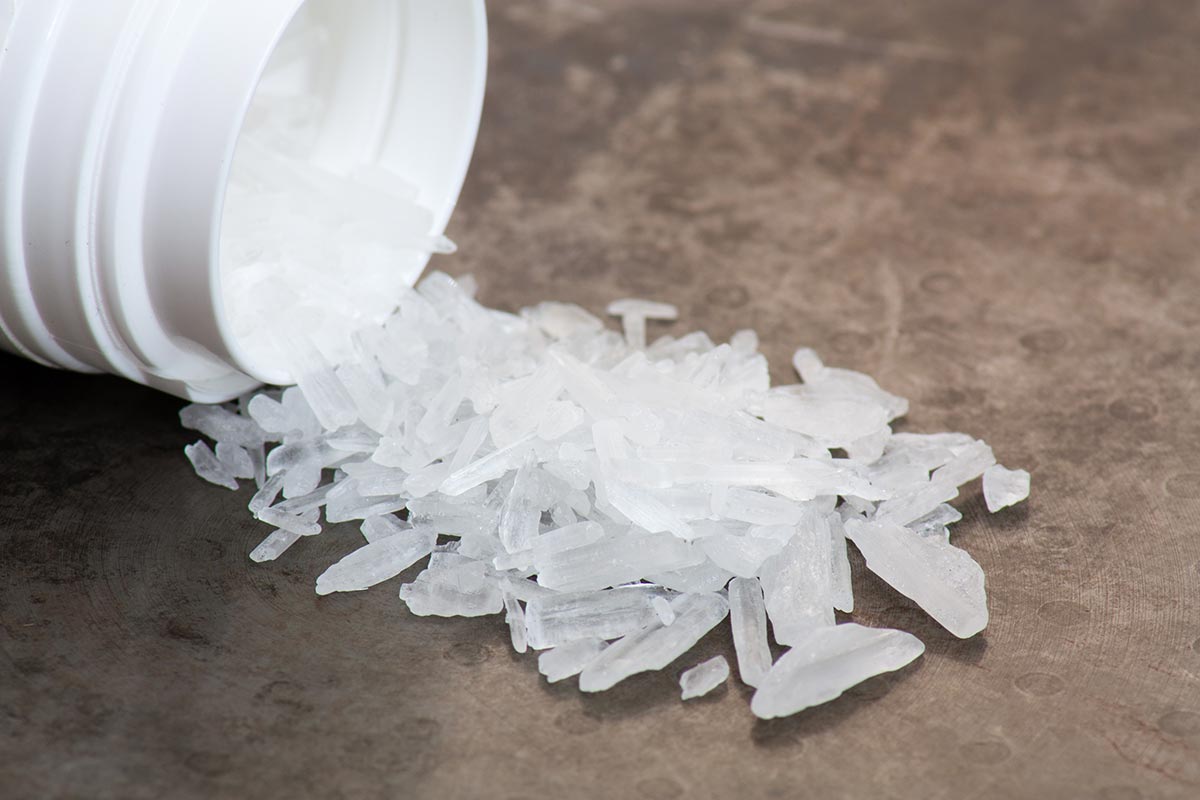How to Successfully Detox from Alcohol
 If you’re struggling with alcohol, you’re not alone. Today, 29.5 million Americans have an alcohol use disorder. That often means you have tolerance, chemical dependence, and difficulty quitting or cutting back when you do try to stop. For many of us, alcoholism doesn’t take the form of constant drinking. Instead, we binge drink on weekends and do so uncontrollably. Then, withdrawal symptoms might be so bad the next few days that it feels like being sick. Others drink nearly constantly, and often to the point of using alcohol to function. Wherever you are in that, quitting can improve every part of your life, your health, and your mental health. It can give you the tools to rebuild your life, to have mental stability, and to invest in the relationships that add value to your life. And, it means you’ll be investing into yourself and your future.
If you’re struggling with alcohol, you’re not alone. Today, 29.5 million Americans have an alcohol use disorder. That often means you have tolerance, chemical dependence, and difficulty quitting or cutting back when you do try to stop. For many of us, alcoholism doesn’t take the form of constant drinking. Instead, we binge drink on weekends and do so uncontrollably. Then, withdrawal symptoms might be so bad the next few days that it feels like being sick. Others drink nearly constantly, and often to the point of using alcohol to function. Wherever you are in that, quitting can improve every part of your life, your health, and your mental health. It can give you the tools to rebuild your life, to have mental stability, and to invest in the relationships that add value to your life. And, it means you’ll be investing into yourself and your future.
At the same time, detoxing from alcohol isn’t easy. It’s not just about deciding you want to do it and going for it. Alcohol detox can be difficult and dangerous. For many people, it has setbacks and those include health complications, high risk of relapse, and emotional and mental trauma while detoxing. It’s important that you treat alcohol detox as a serious and medically important thing. For most people, that means medical supervision and potentially medication.
Talk to Your Doctor
The first step to quitting alcohol is to have a plan in place so that you can do so safely. Here, it’s generally a good idea to talk to your doctor to go over your options and potential scenarios. For example, you might move into a detox clinic to get the help you need to quit without putting yourself at physical risk. Here your options are:
- Cold turkey / social detox – This means that you quit right away with no crutches or aids. It’s the thing that most people do when trying to quit alcohol on their own. It’s also the highest risk option, as about 1 in 10 people getting off alcohol in this way experience long-term complications like delirium tremens.
- Tapering – If you’re drinking too much your doctor may ask you to taper off of alcohol before going cold turkey. That can make it possible to safely cut back from alcohol on your own. However, most people asking for help to quit alcohol are too sick to taper off of it, so this isn’t always an option.
- Medically supported detox – Here you detox in the same style as going cold turkey, but in a clinic, with people to monitor your symptoms and how you’re doing. If you start to develop more symptoms or complications, you’ll receive medication to reduce risks and to ensure you recover more quickly. This means you can get treatment right away if you’re facing delirium tremens or other complications.
- Medical detox – Here you receive a prescription medication such as disulfiram, acamprosate, or naltrexone. These prevent a withdrawal phase and mean that you can immediately move into focusing on recovery and therapy and learning the skills to stay sober. In some cases, you might be on a maintenance dose for as long as months after detox. However, you’ll often begin to taper off of prescription medication when you leave rehab.
Here it’s also important to keep in mind that detox is just the first step of getting sober. It doesn’t matter how many times you quit drinking if you don’t deal with the behavioral addiction and the underlying problems that drive you to drink in the first place.
Get Your Questions Answered
Choose an Approach to Quit
 Once you know the options you can make an informed decision about your treatment. Your doctor can help you to reach that decision. They may also want to involve an alcohol detox specialist to help you come to a decision based on your specific history, alcohol use, and drinking patterns. The more often you drink, the harder detox will be. That often means creating a detox plan around your lifestyle and your habits, so you can figure out a way to quit alcohol that is safe for you.
Once you know the options you can make an informed decision about your treatment. Your doctor can help you to reach that decision. They may also want to involve an alcohol detox specialist to help you come to a decision based on your specific history, alcohol use, and drinking patterns. The more often you drink, the harder detox will be. That often means creating a detox plan around your lifestyle and your habits, so you can figure out a way to quit alcohol that is safe for you.
That will likely also involve evaluating your risk of relapse, assessing how many times you’ve tried to quit before, and then building a custom detox plan around your specific needs.
Take the Time You Need
Detoxing from alcohol is going to take time. That’s true if you’re doing it at home or in a clinic. The actually physical withdrawal will typically take about 1-2 weeks. However, if you end up with complications, you might need up to three months to fully physically recover. That’s without considering the time needed for behavioral treatment, counseling, and recovering from the underlying causes as well as the traumas of addiction.
Alcohol withdrawal can be severe. You’ll probably feel like you have the worst case of flu you’ve ever had in your life.
That normally means taking at least 2 weeks off work. You may want more especially if you’re going into a rehab program afterwards. Luckily, you can also do so even if you have a full-time job. You’re legally allowed to take up to 90 days (unpaid) off work for family and medical reasons without disclosing why or losing your job. However, your boss may want to have a note from your doctor that you need it. Just keep in mind that they aren’t even legally allowed to ask what your medical problems are, let alone force you to disclose them.
Make Sure You Have Accountability
Quitting alcohol is about more than putting it down once. It’s about consciously choosing, every single day, to not pick it up. That means building routines, finding accountability, and finding social accountability to stay clean and sober. If you’re detoxing at home, you need accountability to stick with it at home. If you’re detoxing in a clinic, you need accountability there and accountability for when you leave treatment. That often means:
- Finding personal motivation and realizing how much you want to be sober. Then, checking in with yourself, reaffirming this is still what you want and why, and putting in the work to hold yourself accountable.
- Keeping track of yourself so that you have a visual milestone of progress. For example, marking off days in a calendar so you always know when you had your last drink and exactly how well you’re doing.
- Finding social motivation of people to hold you accountable. For example, friends and family to check up on you, a self-help or support group, or regular visits to a counselor or a treatment center.
Any of those steps can help you to find accountability, to hold yourself to staying on track, and to ensuring that you have someone to check up on you, including yourself. That will help you to stay in detox and, over the long term, in recovery.
Eventually, an alcohol use disorder is a lot to deal with on your own. You shouldn’t have to. It’s important that you take steps to ensure you can detox safely and without endangering your physical or mental wellbeing. Often, that will mean getting detox support and medical treatment to ensure you can withdraw from alcohol safely and in comfort. Here, you should also start counseling and therapy, to ensure you have the emotional support you need to get through treatment as well. Good luck detoxing from alcohol.


 Unfortunately, there’s no way to avoid potential heart damage from meth if you are using it. However, if you are using the drug anyway, taking steps to reduce heart damage can make it safer for you. That means:
Unfortunately, there’s no way to avoid potential heart damage from meth if you are using it. However, if you are using the drug anyway, taking steps to reduce heart damage can make it safer for you. That means:


 Wax and dab pens are normally used to consume “Dabs”. Dabs are highly concentrated doses of
Wax and dab pens are normally used to consume “Dabs”. Dabs are highly concentrated doses of 
 Know Your Motivations
Know Your Motivations Know Your Limits
Know Your Limits

 Most people don’t think of therapy as a
Most people don’t think of therapy as a